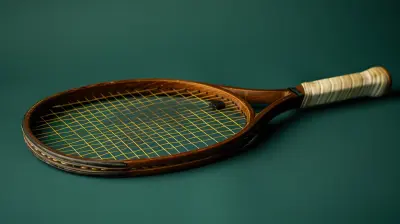Heat and Cold Exposure: How Temperature Affects Athletic Performance
2 November 2025
When it comes to athletic performance, most people focus on strength, endurance, nutrition, and training. But there’s one unsung hero (or villain) that often gets overlooked — temperature. Yep, whether you’re sprinting through a heatwave or powering through icy winds, the climate around you can make or break your performance.
But how exactly does heat or cold change the game for athletes? And can you train your body to cope better? Let's dive right in to find out how playing with fire — or ice — impacts your performance on the field, track, or gym floor.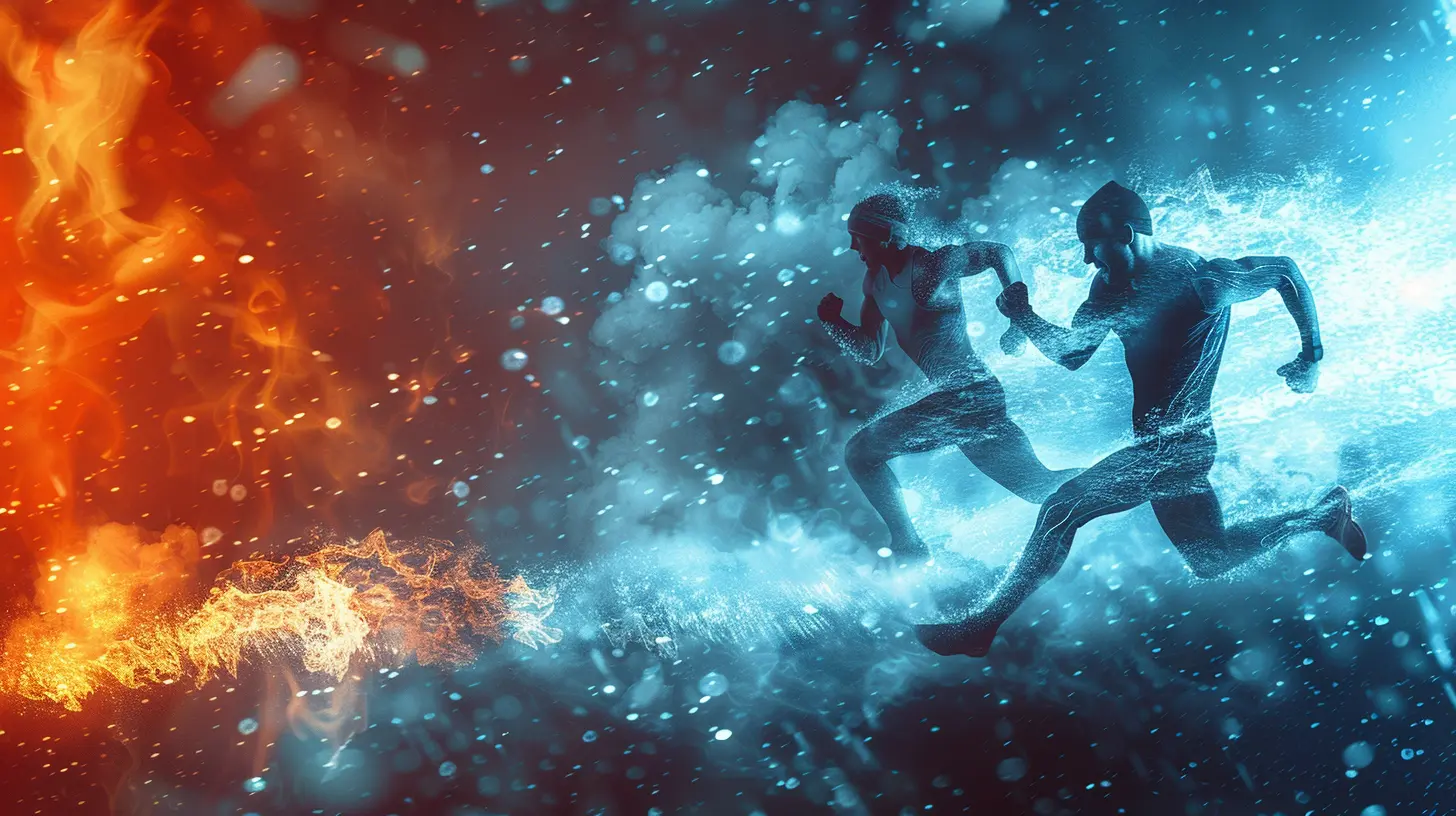
Why Temperature Even Matters in Sports
Think about it. Your body is a finely-tuned machine. Just like a car runs better under certain conditions, your body performs best in a "Goldilocks zone" — not too hot, not too cold. When you're outside that comfort zone, your body starts working overtime to stay balanced, and that can impact your speed, strength, focus, and even decision-making.So, whether you’re trying to beat your personal best or just survive the next training session, understanding how your body reacts to different temperatures is crucial.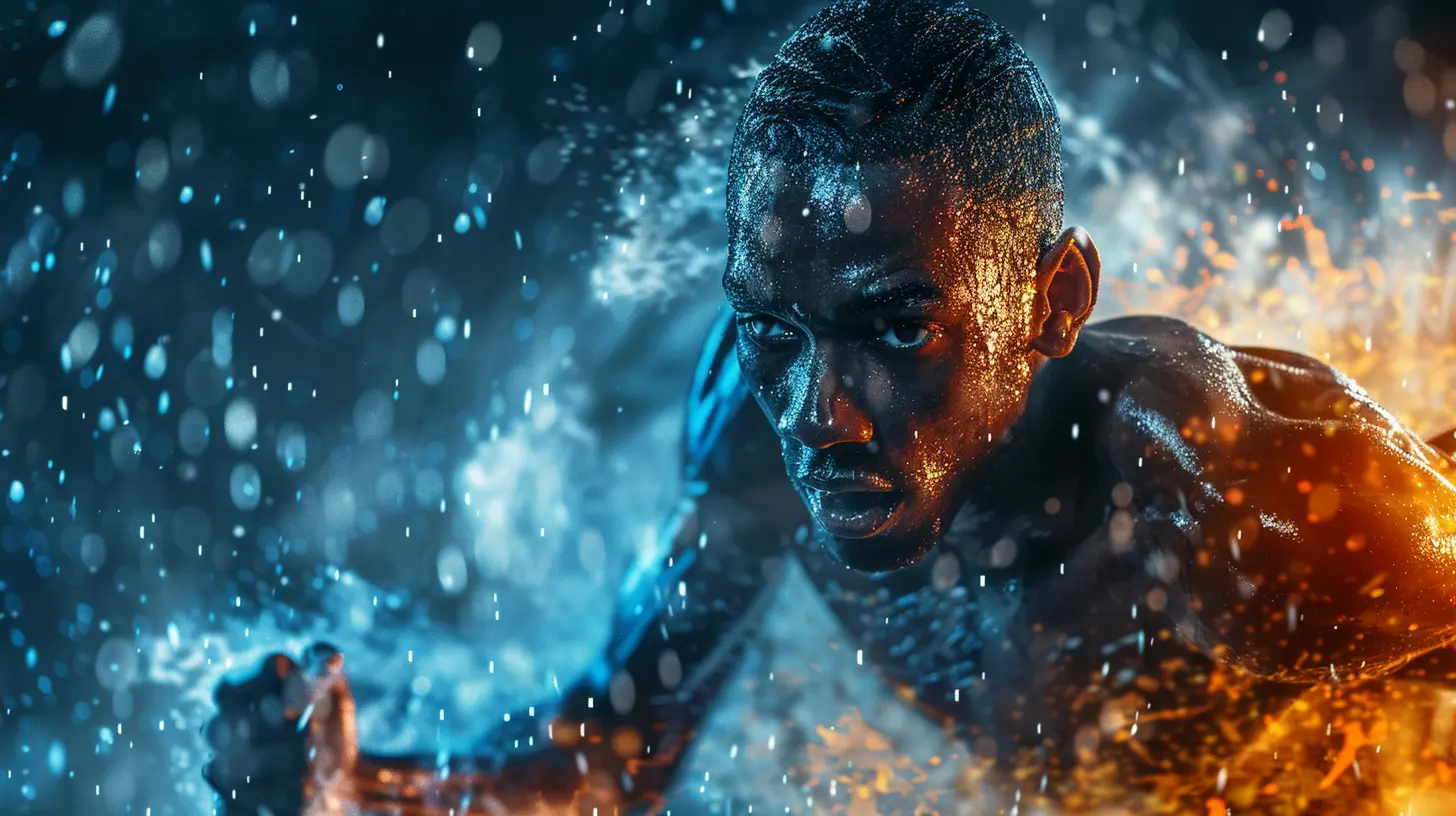
How Heat Affects Athletic Performance
Raise your hand if you’ve ever felt like you’re melting during a summer workout. You're not alone! Exercising in the heat can turn even the fittest athlete into a puddle of sweat. Let’s break down what’s going on.1. Increased Core Temperature
When you're working out, your body heats up naturally. Throw in hot weather, and that internal furnace can go into overdrive. Your body’s response? Sweat. Lots of it. You’re basically trying to cool off by evaporating water off your skin.But here’s the catch:
As your body temperature rises, your heart has to pump faster to send blood to your skin and muscles. That extra workload can drain your energy quickly.
2. Dehydration In The Heat
You can lose over a liter of sweat in just an hour of intense activity — especially in humid conditions. That’s not just water going out... you're also losing electrolytes, like sodium and potassium. These control muscle contractions and nerve signals.Lose too much and you can say hello to:
- Muscle cramps
- Dizziness
- Fatigue
- A drop in performance
Hydration isn't a “nice to have” — it’s mission-critical in the heat.
3. Mental Fatigue in Hot Conditions
Ever tried to focus during a heatwave? Your brain struggles, too. High temperatures can slow down your reaction time and impair decision-making. That’s why athletes in sports like soccer or tennis (where mental sharpness is key) often struggle in sweltering conditions.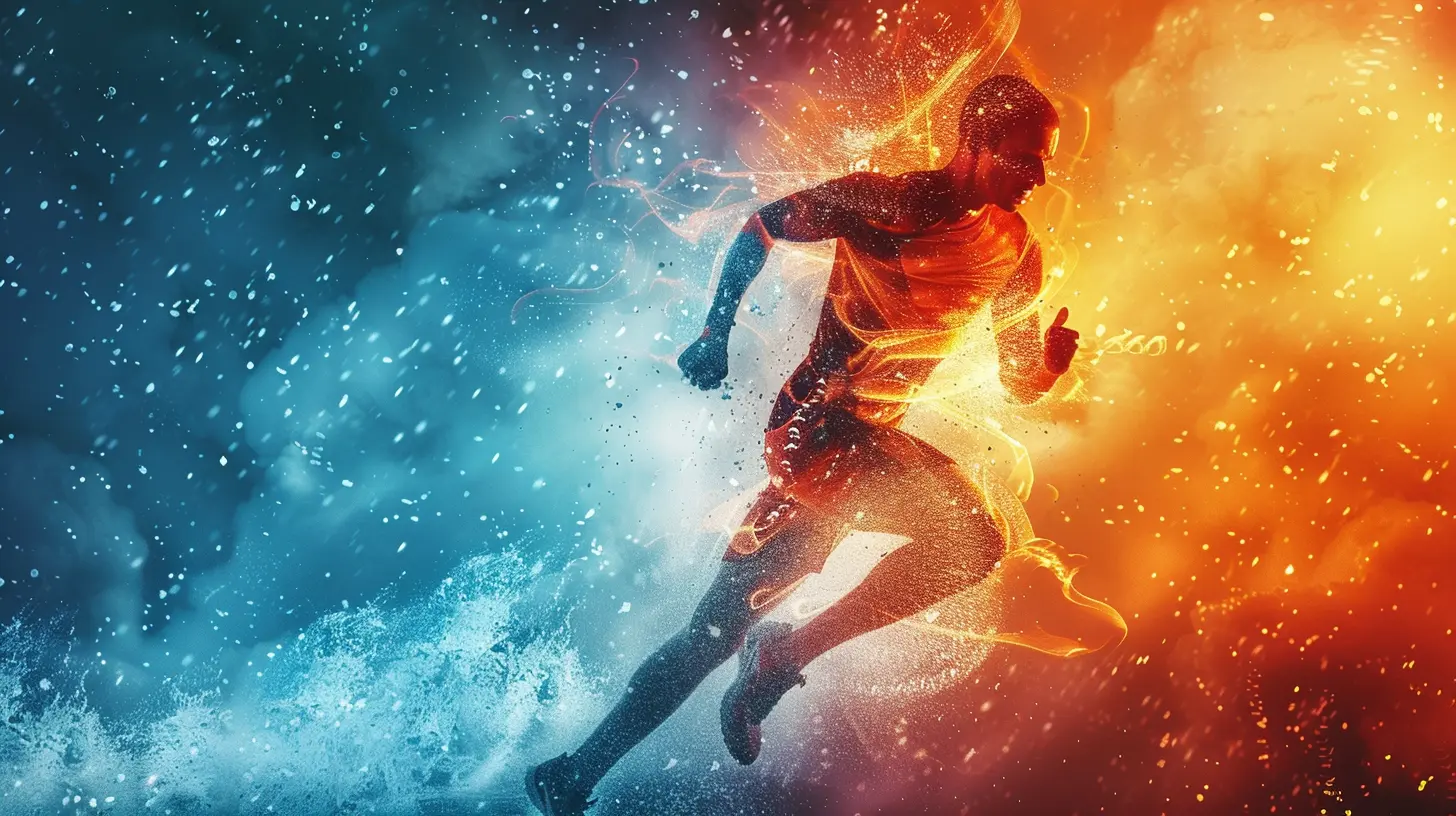
Benefits of Training in The Heat (Wait, What?)
Okay, so exercising in the heat sounds like a nightmare. But here’s the twist — with the right preparation, training in hot conditions can actually help you perform better. It builds resilience and improves your cardiovascular efficiency.It’s called heat acclimatization, and it helps your body adapt over time. Benefits include:
- Improved sweat rate (you cool down faster)
- Better blood flow to muscles
- Enhanced plasma volume = better endurance
But don’t jump into it blindly. Start slow, hydrate like a champ, and listen to your body.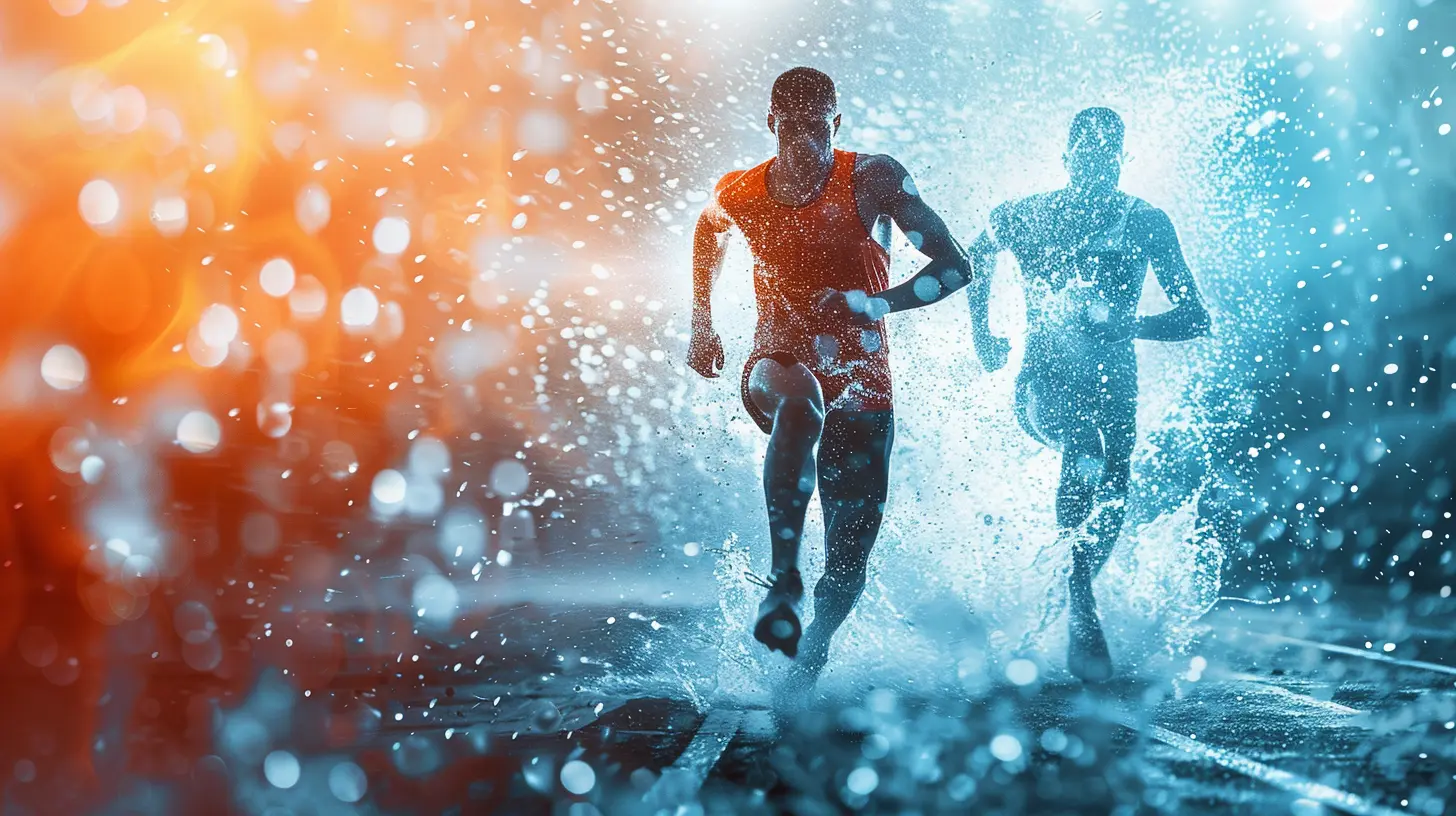
How Cold Affects Athletic Performance
Now let’s head to the opposite extreme. Cold weather brings its own set of challenges, and it's not just about numb fingers or frozen toes.1. Muscle Function Declines in Cold
Cold muscles are stiff muscles, and stiff muscles don’t perform well. When your body temperature drops, your muscles become less flexible and slower to react. That means:- Decreased strength and power output
- Slower joint mobility
- Higher risk of injury
Think of trying to stretch a cold rubber band — snap!
2. Shivering and Energy Drain
Your body hates being cold. So, to heat up, it starts shivering, which burns calories — quickly. That sounds like a bonus, but for athletes, it means you’re using energy to stay warm instead of powering performance.3. Reduced Blood Flow
In frosty conditions, blood vessels in your skin constrict to keep the core warm. But this limits circulation to muscles and extremities, making performance feel harder and increasing the chance of cramps or poor coordination.Benefits of Cold Exposure for Athletes
Yes, cold has a silver lining — especially when it's used as a recovery tool.Ever heard of ice baths? Athletes use cold exposure to reduce inflammation, soreness, and swelling after intense workouts. It's like pressing the reset button on tired muscles.
Some endurance athletes even train in cooler conditions to improve mental toughness and VO2 max (maximum oxygen uptake). It forces your body to become more efficient with the resources it has.
Comparing Heat Vs. Cold: Which Is Tougher?
It depends. Both heat and cold can wreck your performance — or make you stronger.| Factor | Heat | Cold |
|----------------------|-----------------------------------|-----------------------------------|
| Muscle Function | Warm = more flexible | Cold = stiff, less reactive |
| Dehydration Risk | Very High | Moderate |
| Energy Drain | High due to sweating | Moderate due to shivering |
| Mental Clarity | Impaired | Mixed (some perform better!) |
| Injury Risk | Lower with warm-up | Higher without proper warm-up |
| Adaptation Benefits | Cardiovascular efficiency | Recovery, mental toughness |
So, it’s not a matter of which is worse — it’s about how well you prepare and adapt.
Tips for Training in the Heat
Here’s how to stay cool while bringing the heat:- Hydrate before, during, and after workouts
- Wear breathable, light-colored clothing
- Train during cooler times of the day (morning or evening)
- Use electrolyte replacements — especially for long sessions
- Pace yourself — don’t go all out in your first session
If you feel dizzy, nauseous, or excessively tired, stop immediately. Heat exhaustion or heat stroke is no joke.
Tips for Training in the Cold
Want to stay sharp without turning into a popsicle?- Dress in layers — moisture-wicking base, insulating mid, and waterproof outer
- Warm up extra well to get blood flowing
- Stay dry — sweat and wet clothes make you colder
- Protect extremities — gloves, hats, thick socks
- Fuel properly — you burn more calories in the cold
And remember, icy roads and slippery trails aren't your friends. Safety first.
Can You Use Temperature Exposure to Boost Performance?
Absolutely. Many top athletes are now using temperature manipulation as part of their training and recovery strategy.Hot Strategies
- Sauna sessions post-workout to improve endurance- Heat acclimatization training before competitions in warm climates
Cold Tricks
- Cold plunges to speed up muscle recovery- Cryotherapy chambers to reduce inflammation and pain
- Cold-weather training camps to build mental grit
But these methods aren’t for everyone. Always consult a coach or sports specialist before trying advanced techniques.
Final Thoughts
Heat and cold — they’re more than just weather reports. They can shape athletic performance in powerful ways. By understanding how different temperatures affect your body, you can better prepare, adapt, and even turn the elements into part of your training arsenal.Remember, it’s not about avoiding discomfort — it’s about knowing how to handle it. Whether you're sweating under the sun or battling a brutal wind chill, resilience is what separates a good athlete from a great one.
Stay smart. Stay strong. And always keep your cool... or your heat, depending on the day.
all images in this post were generated using AI tools
Category:
Sports ScienceAuthor:

Nelson Bryant
Discussion
rate this article
1 comments
Samira McGowan
Great insights on temperature's impact on performance! Understanding heat and cold exposure can really help athletes optimize their training strategies.
November 12, 2025 at 3:49 AM

Nelson Bryant
Thank you! I'm glad you found the insights valuable for optimizing training strategies.
